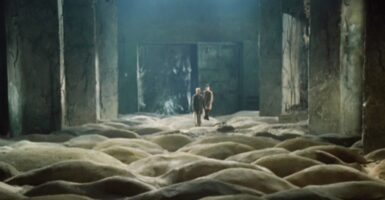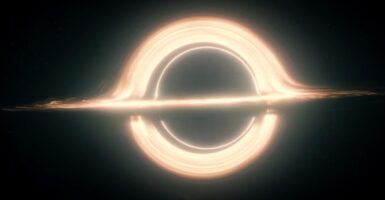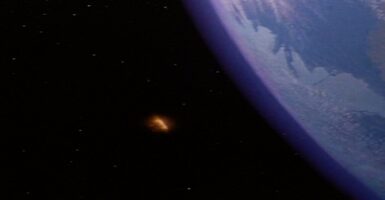Black Holes In The Lab: Could Particle Colliders Bring a Sci-Fi Apocalypse?
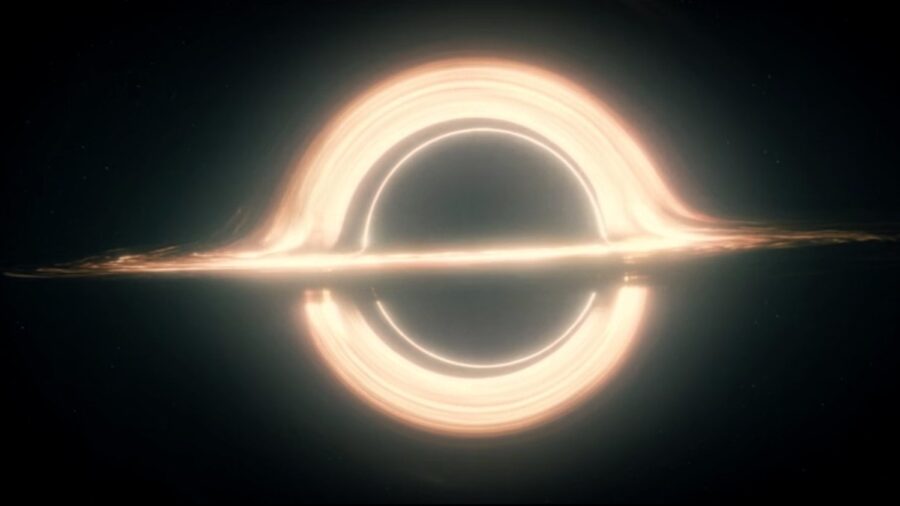
It may sound like sci-fi, but in the humongous underground rings of the world’s most powerful particle colliders–such as the famous Large Hadron Collider (LHC) at CERN–scientists push the known limits of what we know about the universe. In arenas like the LHC, subatomic parcels crash into each other at almost the speed of light and it’s no exaggeration to say these high-speed collisions recreate the conditions within a fraction of a second after the Big Bang. Yet more and more scientists fear a speculative yet nightmarish scenario: the creation of micro black holes hypothetically capable of swallowing our planet, and then some.
Micro Black Holes
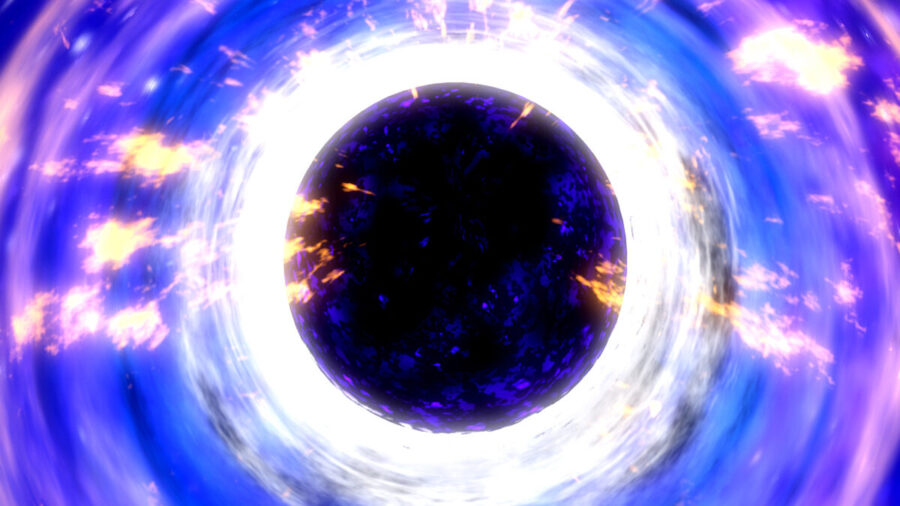
First, an explanation of these tiny dead stars.
While micro black holes might sound cute, their theoretical existence–as implied by specific theoretical physics models–propounds that little Earth-swallowers would form upon the collision of particles slammed together with enough energy. Of course, these tiny cosmic tears would be much teenier than those encountered in deep space.
Given their puny size, the phenomena would evaporate almost instantly upon arrival, at least according to the theories, particularly a process dubbed Hawking radiation. This process is named, no spoiler alert here, after the legendary physicist Stephen Hawking who was also the author of the concept. His theory postulates that because these black holes emit radiation and forfeit mass so much faster than they can gain it, their rapid disappearance is highly likely.
What If Hawking Was Wrong?
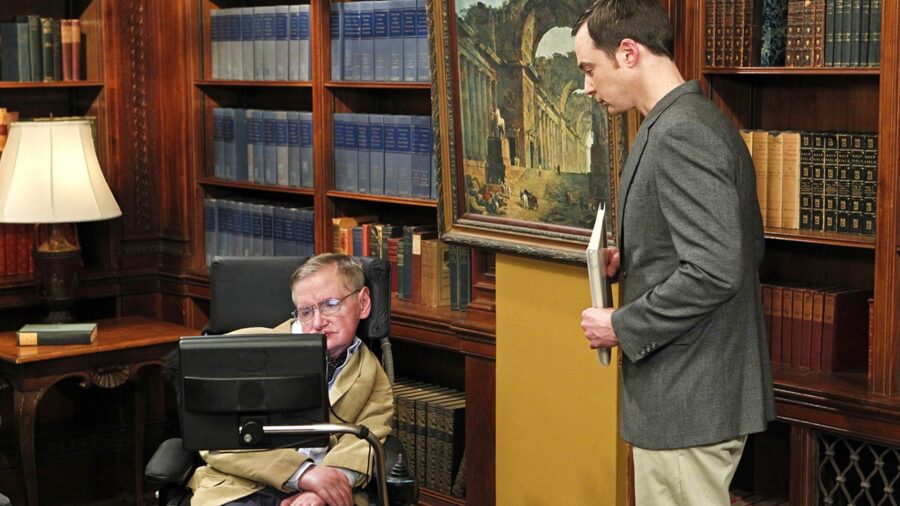
But if Hawking calmed us down about micro black holes with his theory of radiation expenditure and mass loss, why are other scientists concerned?
Their unease is due to the unlikely prospect of two particles colliding, creating a miniature dead star, then disobeying Hawking’s theory–which, “untested” in real life, remains a theory. Simply put, experts are fearful that a micro black hole, once on the scene, won’t evaporate.
And that’s not all.
The Collisions Are No Small Thing
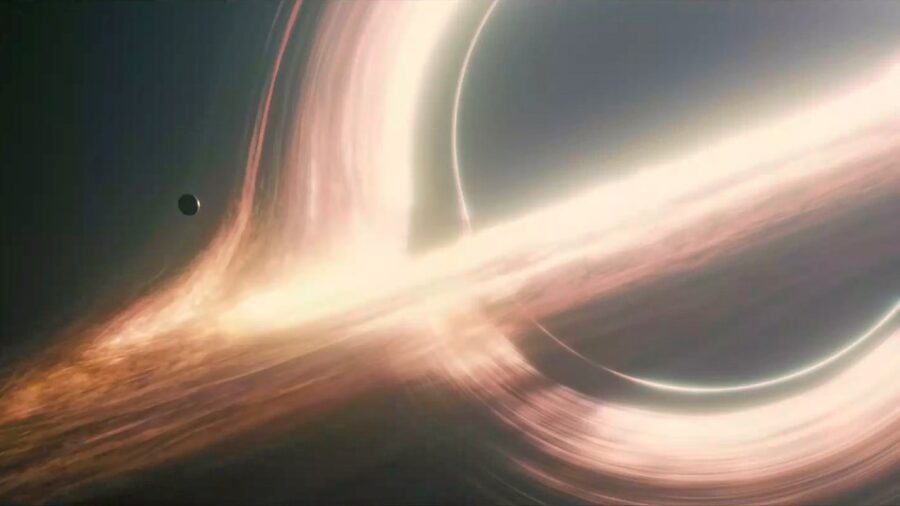
Stepping back, it’s worth considering how each collision in a particle collider is an unprecedented event–these collisions plunge us into the unknown and necessarily test the limit of our understanding of physics and of reality itself.
Merely because the standard model of particle physics (a model constantly evolving) guestimates these little dark chasms will probably evaporate and pose no threat–well, that doesn’t mean they will.
Nor does this prediction prohibit the the possibility of deviations from the model governing micro black holes–it doesn’t prevent novel, unexpected physics phenomena challenging current knowledge and assumptions.
Science Is Full Of The Unpredictable
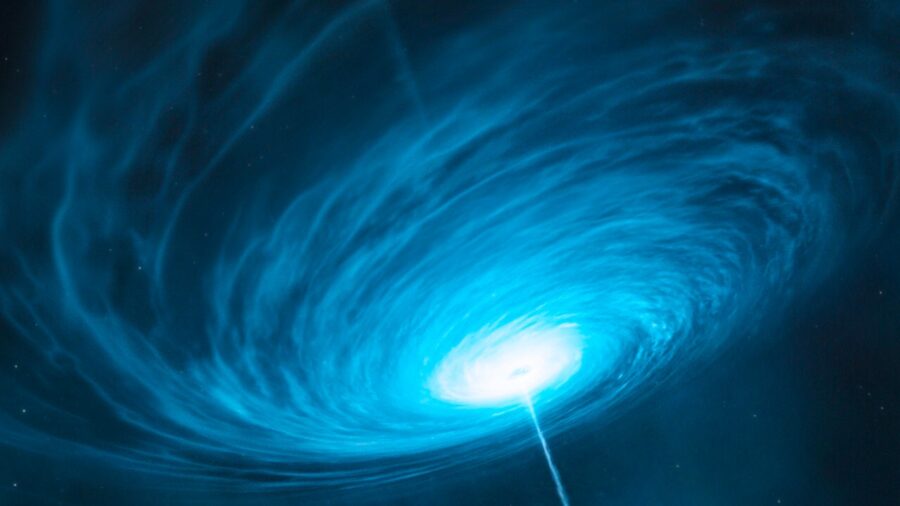
The point being: physics–and science–are overrun with instances of deviations from models and novel phenomena, of predictions proving inaccurate. That’s empiricism, that’s the scientific method: it’s simply what science consists of as a discipline.
So, not to inspire nightmares, but the theoretical consensus is that if a micro black hole stuck around longer than expected–or if it interacted with the matter in any way other than the one anticipated–such an instantiation could hungrily gulp up matter, starting with us. The micro hole would grow bigger
Thus, once a staple of sci-fi, the scenario of micro black holes now comprises a genuine concern that scientists seriously discuss, particularly regarding safety assessments of collider experiments.
Some Still Say It’s Safe
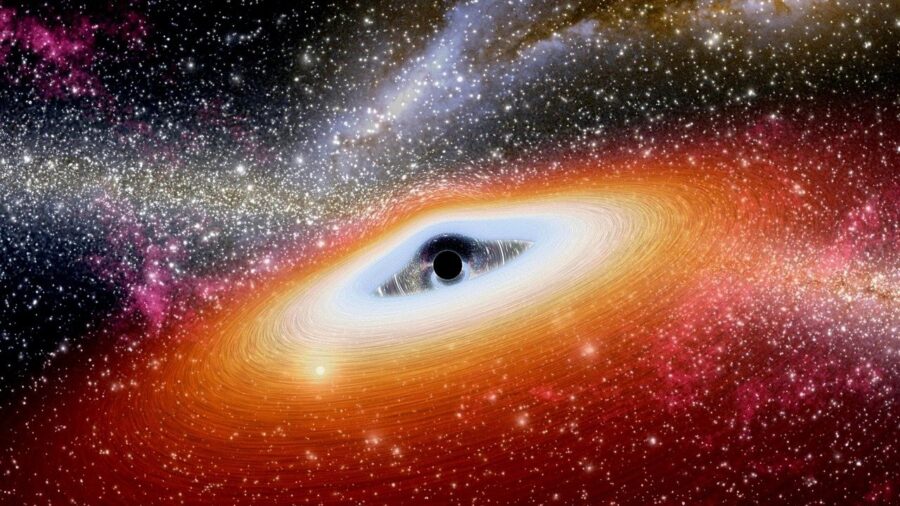
Thankfully, to address these fears, the scientific community launched itself into rigorous safety studies. CERN famously declared micro black holes nothing to worry about prior to operating the LHC.
Plus, cosmic rays, basically nature’s own version of super-high-energy particles, often smack into Earth; these rays contain much more energy than anything cooked up in a collider. And, so far, none of these cosmic rays have birthed a little baby black hole.
But that doesn’t make them any less terrifying, nor theoretically impossible.


